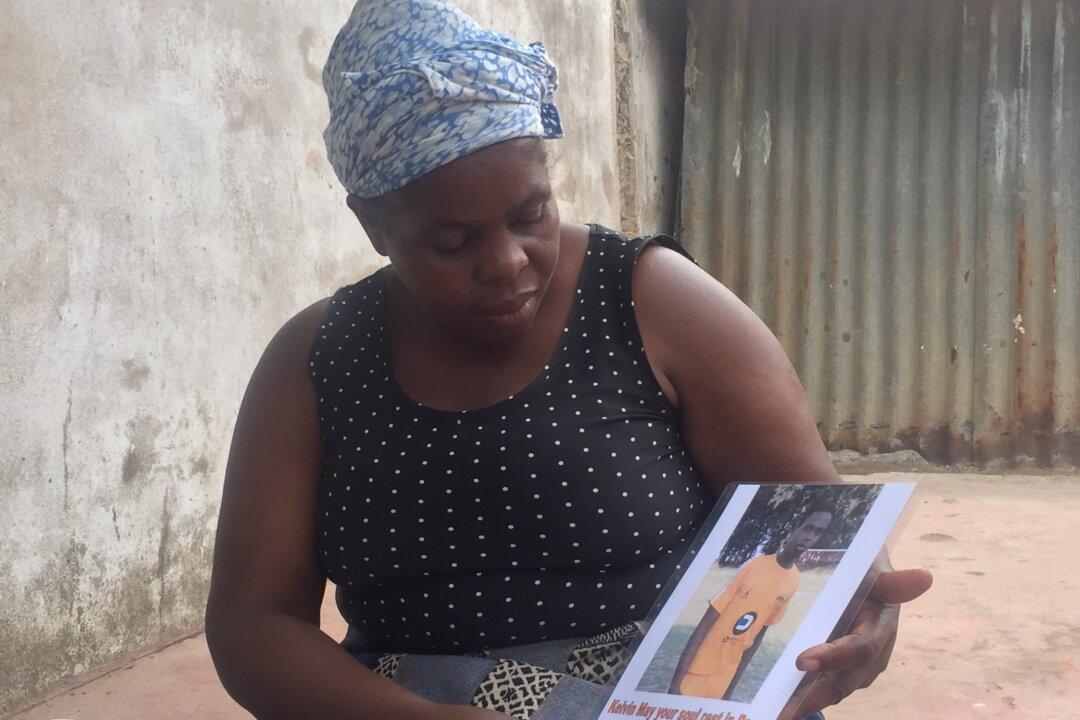CHIMANIMANI/MUTARE, Zimbabwe—What started out like a normal day for Dale Tauya, a 14-year-old student at St. Charles Lwanga Secondary School in Chimanimani district in Zimbabwe, ended as anything but.
Tauya was asleep in one of the dormitories at the school when there was a loud crash. He awoke to find muddy water flowing into the dorm and splashing him in the face.




